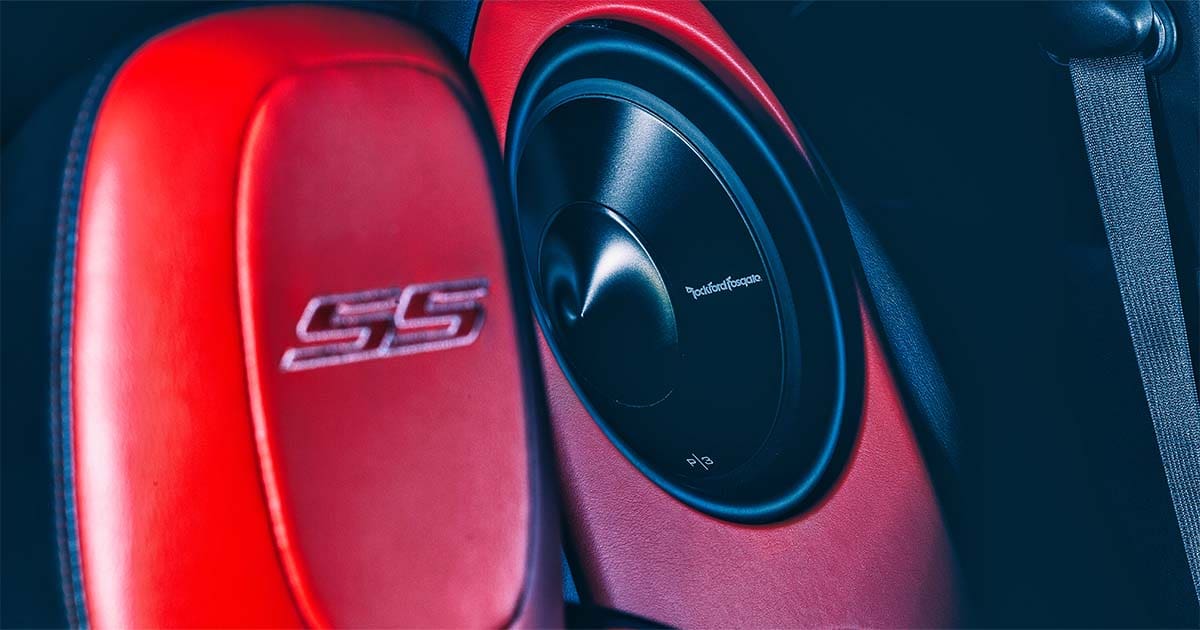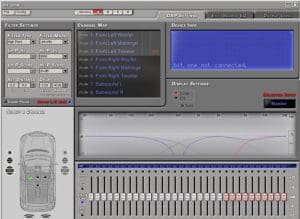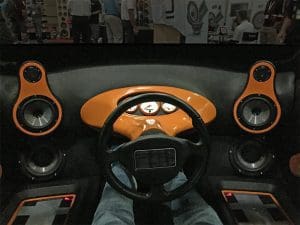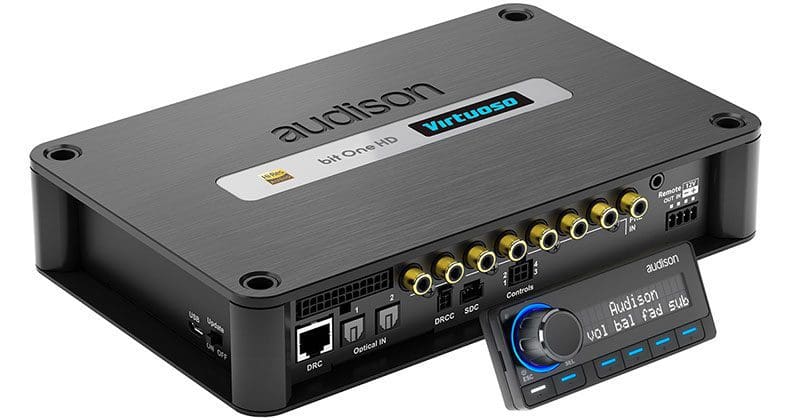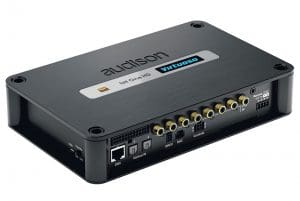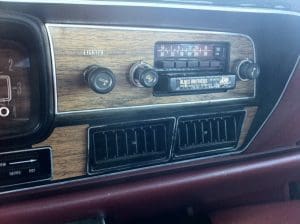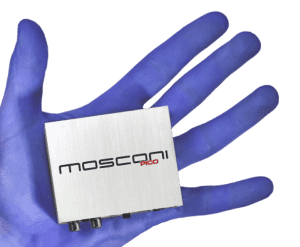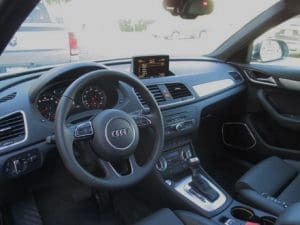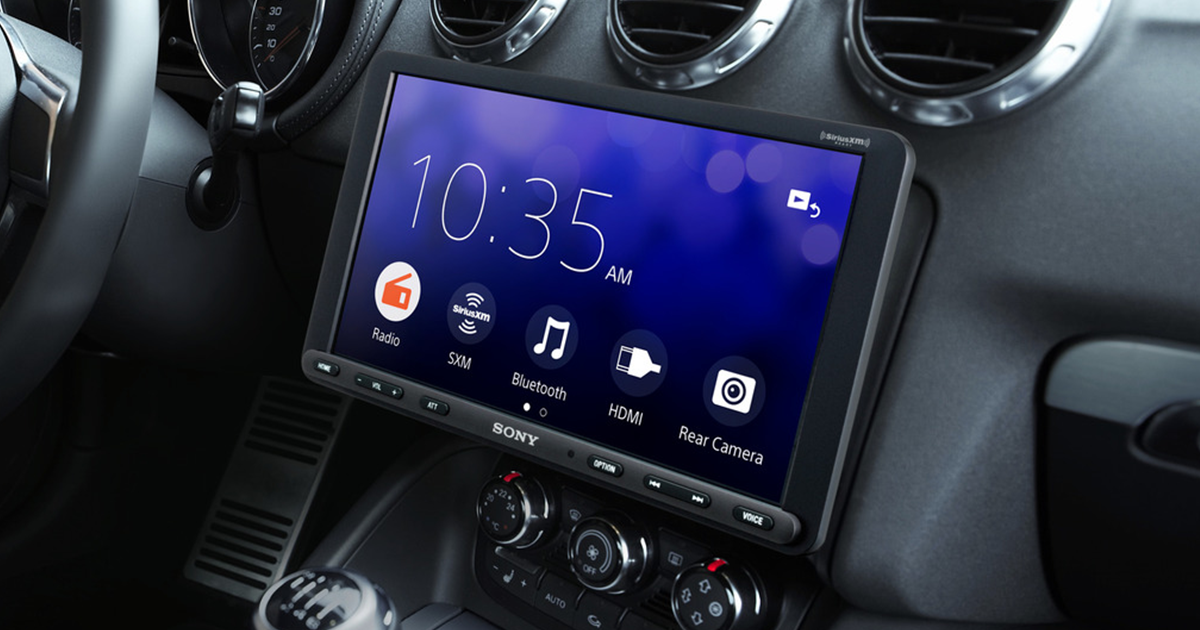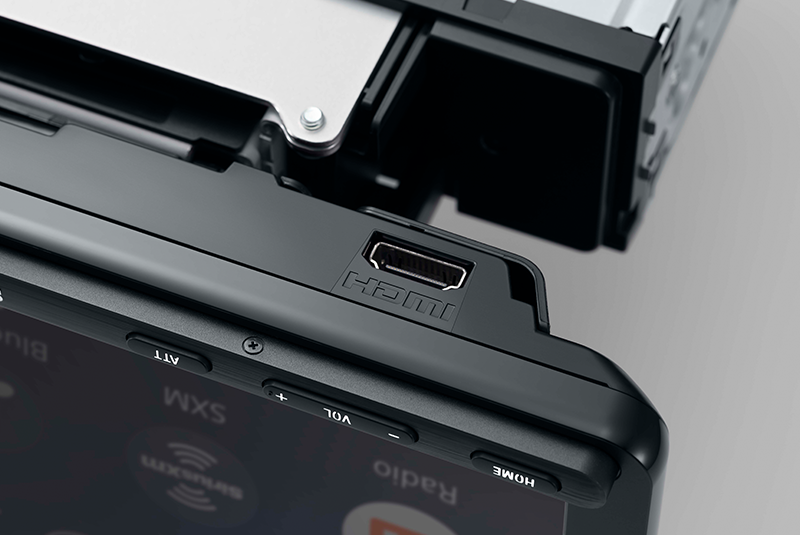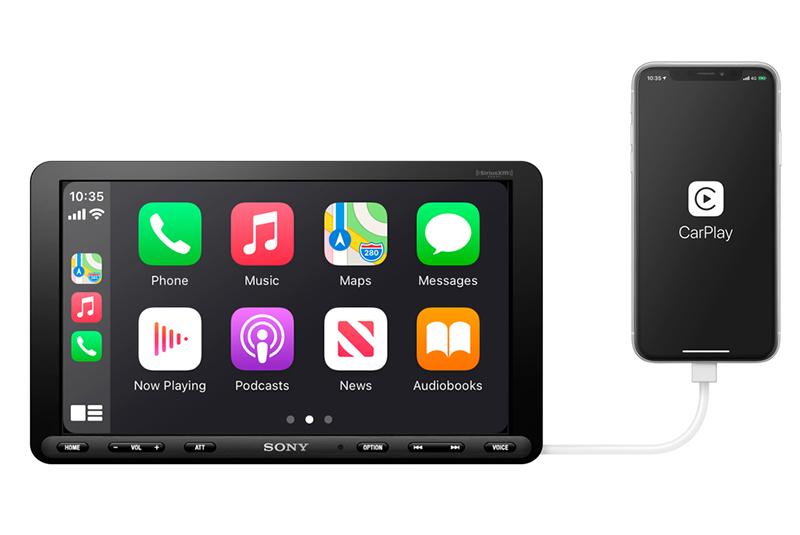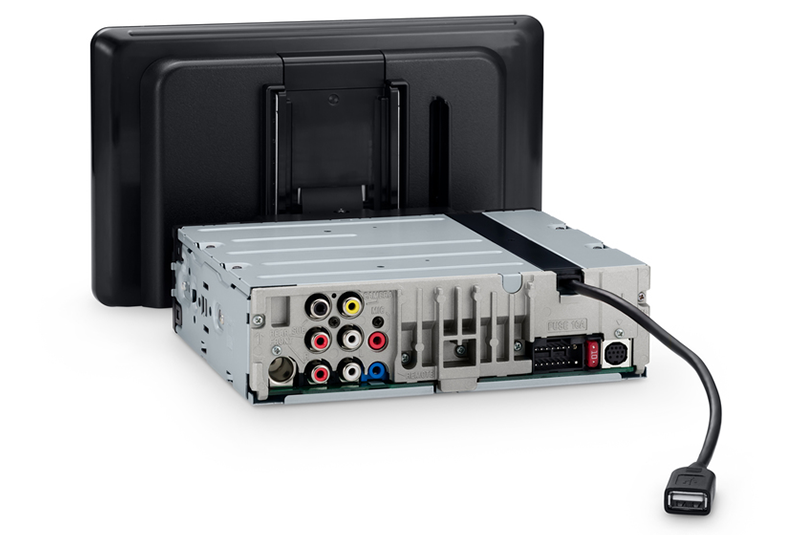If you’ve been into car audio for as long as I have, you’ve likely had a memorable experience with a Rockford Fosgate subwoofer. I vividly remember being in one of the Korbon Trading (the Canadian distributor of Rockford Fosgate in the ’80s) Blastro vans. This GMC Safari had four 18-inch Punch subwoofers powered by a pair of Power 1000 amplifiers. It was the first time a car audio system left me breathless. Fast-forward 33 years and Rockford Fosgate is still a leader in developing car audio subwoofer solutions that get loud and sound amazing. Let’s take a close look at the flagship of the Punch Series 12-inch drivers – the P3D4-12.
Rockford Fosgate Punch P3D4-12 Features
The P3D4-12 is a dual voice coil subwoofer constructed with each coil having an impedance of 4 ohms. The sub is available in a dual 2-ohm model called the P3D2-12. Both are based around a custom-tooled four-spoke hybrid stamp-cast aluminum basket. The main vertical supports and the mounting lip are stamped. There is a cast cooling insert at the base of the basket around the voice coil. Underneath the basket is a 96-ounce double-stacked ceramic magnet assembly that is concealed with a protective PVC rubber cover. The bumped T-yoke is visible through the bottom of the cover, exposing the vented pole piece and eight additional small cooling vents under the voice coil former. These extra vents also allow air pressure to be released from inside the motor as the driver moves rearward, thereby improving linearity and reducing distortion at high excursion levels.
Up top, the additional cooling and ventilation are provided by vents below each window in the basket. These allow hot air to escape from under the spider, helping to keep the motor assembly cool and reduce power compression. All the cooling features combine to ensure that these subwoofers continue to sound great without losing efficiency, even after hours of play time.
With Rockford Fosgate’s FlexFit basket, instead of eight fixed holes in the mounting lip for fasteners, eight slots allow your installer to align the subwoofer perfectly in the enclosure. An aluminum ring is included to finish off the installation and conceal the mounting hardware for a classy and tidy look.
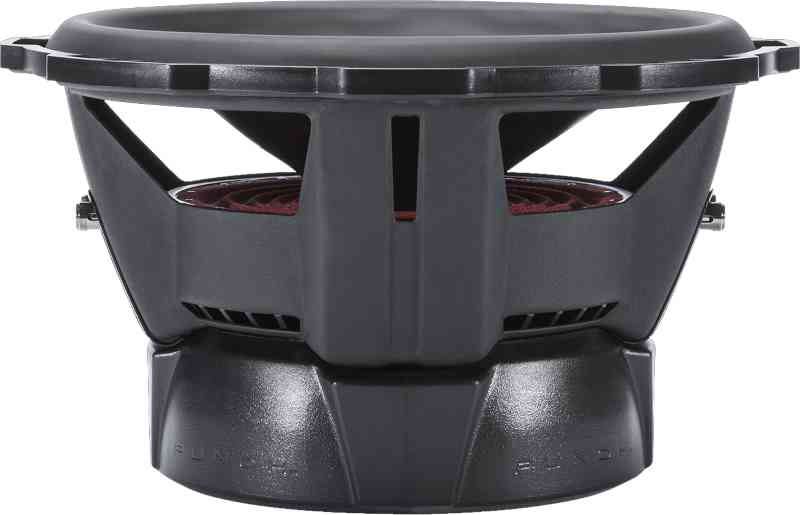
Voice Coil and Moving Part Features
The cone of the P3D4-12 is made from aluminum, as is the inverted dust cap. Both have an anodized finish, and Rockford Fosgate is screened on the cone. At the top of the cone is a Santoprene rubber surround that is attached to the basket with Rockford Fosgate’s VAST design. In essence, VAST moves the surround closer to the outer edge of the basket and increases the effective cone area of the driver.
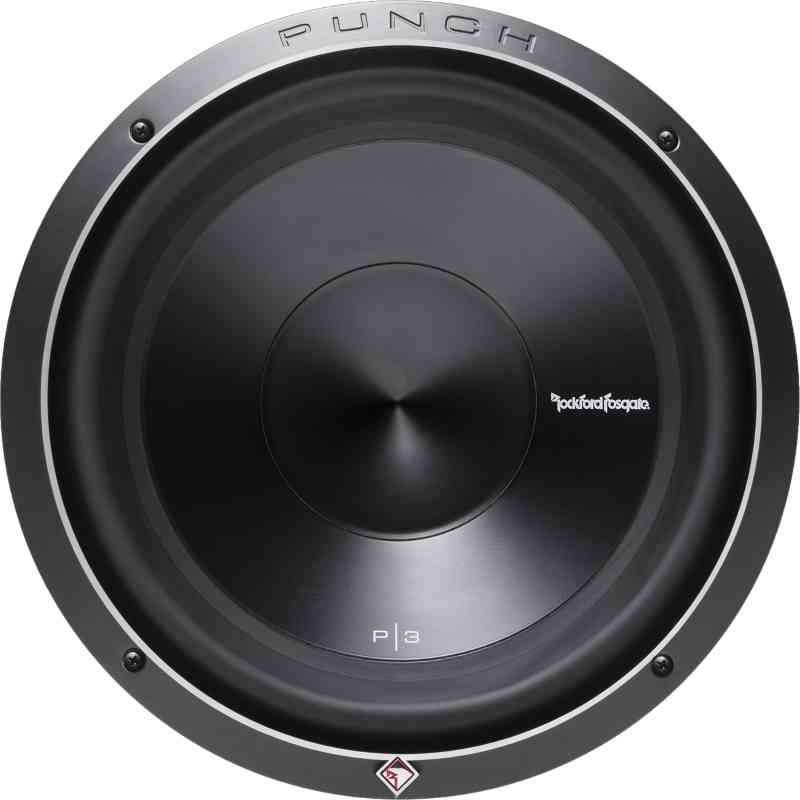
At the base of the cone are a pair of tear- and fatigue-resistant linear poly-cotton spiders mounted face-to-face to reduce nonlinearities. Four 16-AWG tinsel leads are sewn into the spiders to ensure that they won’t make noise at high excursion levels. The 2.5-inch voice coil former is made of anodized aluminum so that it can withstand extreme temperatures. The driver uses a four-layer voice coil winding. A spun-laced NOMEX reinforcement collar adds strength to the connection between the cone, the voice coil former and the spiders.
Electrical connections are handled by four nickel-plated spring terminals. The terminals push inward toward the voice coil and wire up to 10 AWG in size is inserted from below. While it seems inconsequential, this vertical wiring method helps keep everything organized during installation.
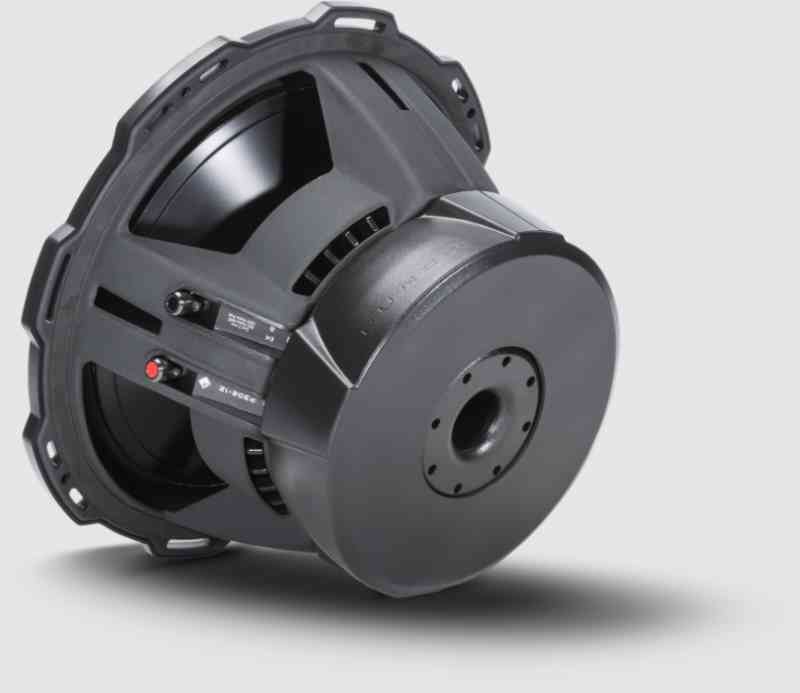
P3D4-12 Specifications
The P3D4-12 subwoofer is rated to handle 600 watts of power continuously and up to 1,200 watts maximum power. The driver has a total weight of 20.9 pounds (9.48 kilograms). Mounting depth is 6.66 inches, and the driver requires a cutout size of 11.25 inches.
In terms of electromechanical specifications, Rockford Fosgate specifies the driver as having a resonant frequency (Fs) of 27.7 hertz, an equivalent volume compliance (Vas) of 2.04 cubic feet and a total Q (Qts) of 0.52. The maximum linear excursion (Xmax) is listed at 0.547 inch in each direction.
The owner’s manual suggests a sealed enclosure with a net internal volume of 1.02 cubic feet to produce an F3 frequency of 42.2 hertz and a system Q of 0.78 – which should be well-controlled and impressively musical. If you want to increase low-frequency efficiency, they suggest a 1.79-cubic-foot vented enclosure with a tuning frequency of 40 hertz. This should result in an F3 frequency of 32.8 hertz and a lot more output. If you have the room, we always suggest the vented enclosure.
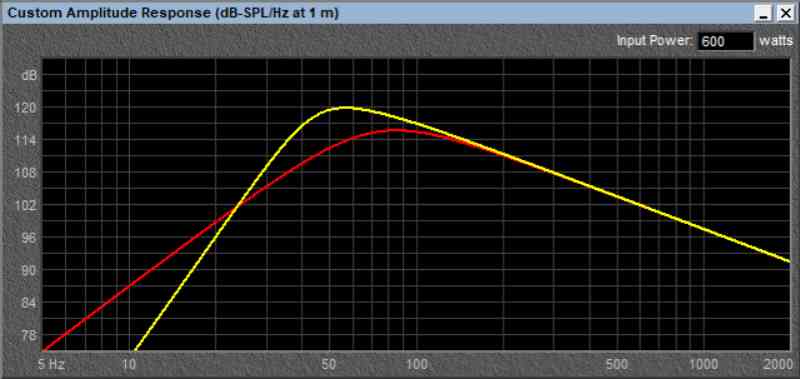
If you want a little more rumble from the sub, ask the Rockford Fosgate retailer you’re working with to build the vented enclosure with a tuning frequency of 30 Hz. You’ll lose some of the 50-60 hertz efficiency, but pick up more output below 35 hertz.
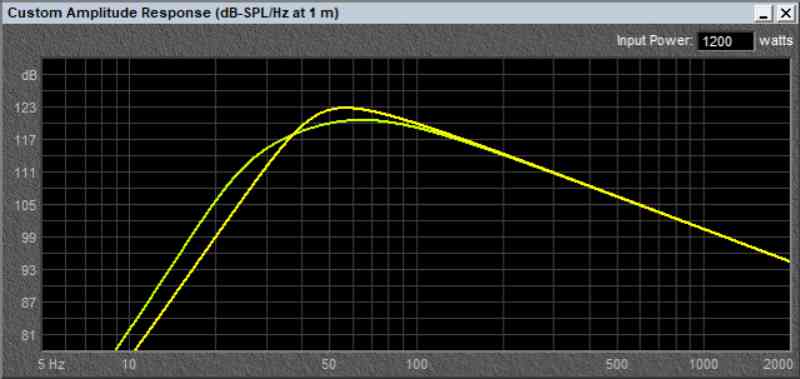
Upgrade Your Car Audio System with a Rockford Fosgate Subwoofer Today
If you’re searching for a high-performance subwoofer that’s designed to sound great while delivering impressive amounts of bass, drop by your local authorized Rockford Fosgate retailer. You can find a shop near you using the dealer locator on the Rockford Fosgate website. Be sure to follow Rockford Fosgate on their Facebook page and Instagram feed and check out the awesome videos they produce on their YouTube channel.
This article is written and produced by the team at www.BestCarAudio.com. Reproduction or use of any kind is prohibited without the express written permission of 1sixty8 media.
